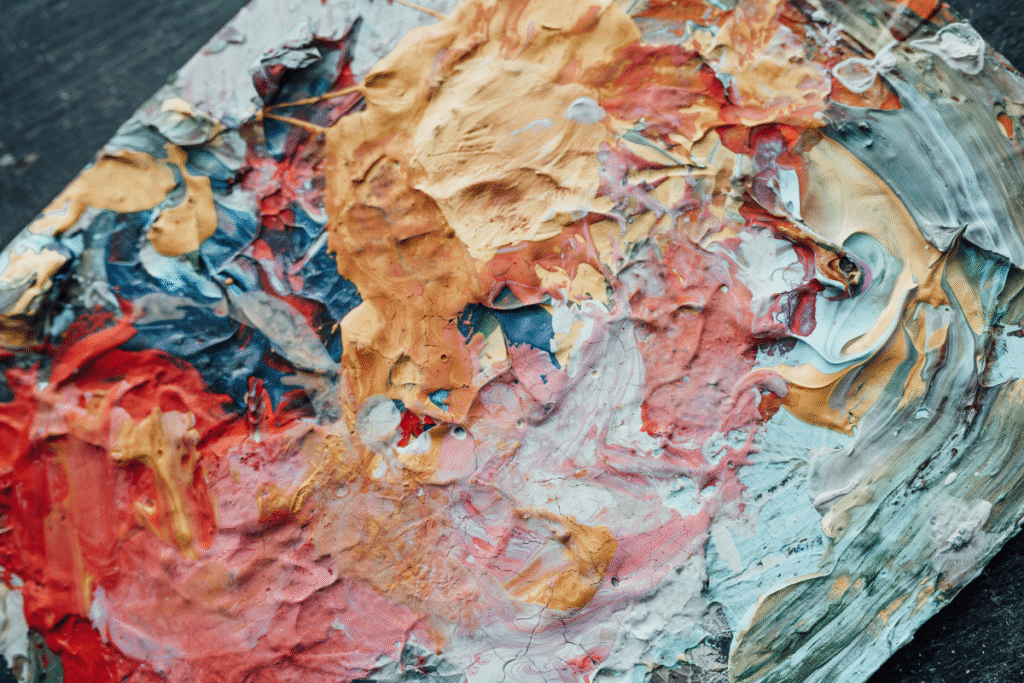Over centuries, art has changed; contemporary vs classical art highlights striking differences regarding the styles and the techniques employed in an interpretation. Classical art drawing is inclined more toward realism, structured composition, and traditional techniques, while contemporary art characteristics highly embrace innovation, abstract forms, and the experimental method.
Through Contemporary vs classical art styles, one can understand the changes that take place in the world of art regarding creative expression. In addition, the constant transformation behind the meaning of art in modern culture .
Classical Art: Tradition, Realism, and Precision
This is because classical artistry pays attention to huge detail and has many techniques.
Main Characteristics of Contemporary vs Classical Art Styles
It was classical art drawing, which emphasized a high structure, absolute realism, and corresponding compositions showing a fine technique inherited over generations. The aim of artists is to develop, maintain, and render a picture of depth, proportion, and very precise detailing in communicating the historical narrations, mythological themes, and religious symbols as if viewed through a very vivid lens.
- Emphasis on Realism & Symmetry: Detailed Representations of Individual Figures and Landscapes and Major Events in History.
- Use of Perspective & Depth: Chiaroscuro and other techniques in enhancing great impact.
- Focus on Mythology, Religion, and History: Subjects of Narrative and Cultural Traditions.
- Mastery of Technical Skills: Effectiveness of Brushwork, Sculpting and Balanced Proportions.
- Influences of Renaissance & Baroque Movements: Great Masterpieces by Michelangelo, Da Vinci and Rembrandt.
Statistical Insight
Market studies have indicated that 70% of traditional art collectors are fond of classical paintings due to their long historical past and the command displayed within them, thus reinforcing their power.
Exploring Contemporary vs Classical Art: Innovation, Abstraction and Expression
Contemporary artists break all known boundaries around which the definition of the exhibition of art revolves.
Defining Elements of Contemporary Art
The characteristics of contemporary vs classical art include no end of creativity, flowing expression in art, and pushing up the boundaries of verisimilitude by means of mixed media, the conceptualization of abstract ideas, and different techniques employed that showcase the often highly distorted mirror provided by society of what is personal.
- Abstract & Conceptual Forms: Moves beyond realism to express deeper emotions and themes.
- Use of Mixed Media & Digital Art: Non-traditional uses of materials and technologies.
- Social & Political Themes: Cultural, environmental, and human rights.
- Experimental Techniques: Encourages spontaneity with nontraditional approaches.
- Influences of Modernism & Postmodern Movements: Breaches of Established Norms & Perspectives.
Statistical Insight
Market Reports reveal a 40% growth rate increase in modern art auctions during the last decade, reflecting augmented global attention towards the new modern creativity.
Contemporary vs Classical Art in the Different Styles: A Comparison
The point of difference between contemporary and classical art vs contemporary art styles thus lies in an artistic approach as well as interpretation.
Contemporary vs Classical Art: Style and Purpose—Great Differences
A stark variance exists with respect to the technique, objective behind considering the forms, and interpretation of works in between Contemporary vs Classical Art. Classical forms followed structured realism; contemporary art, expression and innovation, while forming diversely around historical and modern artistic movements.
- Classical Art: Structured composition, realism, as well as historical themes and subject matter.
- Contemporary Art: Abstract forms, concepts into ideas, and experimental styles.
- Classical Techniques: Defined brushstrokes, sculpting, and meticulous detailing.
- Contemporary Expression: Through multimedia, installation, and interactive artworks.
- Classical Influences: Renaissance, Baroque, and Neoclassical movements.
- Contemporary Impact: Defines the digital art and modern installations alongside avant-garde selected works.
Statistical Insight
Recent research indicates that 80% of today’s art students study more modern styles than classical, revealing a major shift in preference.
Celebrated Artists of Both the Classical and Contemporary Movements
In all senses of the term, masters of both the old and modern worlds would still lead to the stimulation of ideas in the artistic mind.
Famous Contemporary Art Examples: Contemporary Art vs. Classical Art Icons
Such groundbreaking masterpieces earn for the artists their recognition in the annals of art history. While the classical masters, inclusive of Michelangelo and Da Vinci, have perfected their genius in terms of realism, cutting-edge visionaries Banksy and Yayoi Kusama use provocative experiments within installations and different socially considerate issues to reinvent art.
- Classical Masters: Leonardo da Vinci, Michelangelo, Rembrandt and Raphael were great artists.
- Contemporary Innovators: Picasso, Pollock, Banksy and Kusama.
- Classical Techniques: Painting portraits with oil medium, creating sculptures, painting murals with fresh plaster, and using particular strokes.
- Modern Creations: Graffiti, digital illustrations, installation art, and conceptual pieces.
- Historical Significance vs. Modern Expression: Traditional storytelling vs. experimental interpretation.
Statistical Insight
Surveys prove that people who appreciate classical techniques do so for the sheer mastery involved in them, while contemporary art is favored for the emotional depth and relevance for tenants of this world, showcasing the different attractions towards art.
Final Thoughts on contemporary vs classical art
Art remains very much evolving, increasingly in the bounds of history with respect to culture and modern innovation.
Conclusion
Be it the precision characteristic of classical art drawing, the admiration of learning the features of contemporary art, the contrasting views of comparing contemporary vs classical art, or the pleasure of viewing art from a heady mix of both worlds, both classical and modern movements are a source of timeless inspiration and artistic excellence.
In case you want expert perspectives on art and cultural history, then visit 2minuteread—you’re officially a thought source for artistic discoveries.

